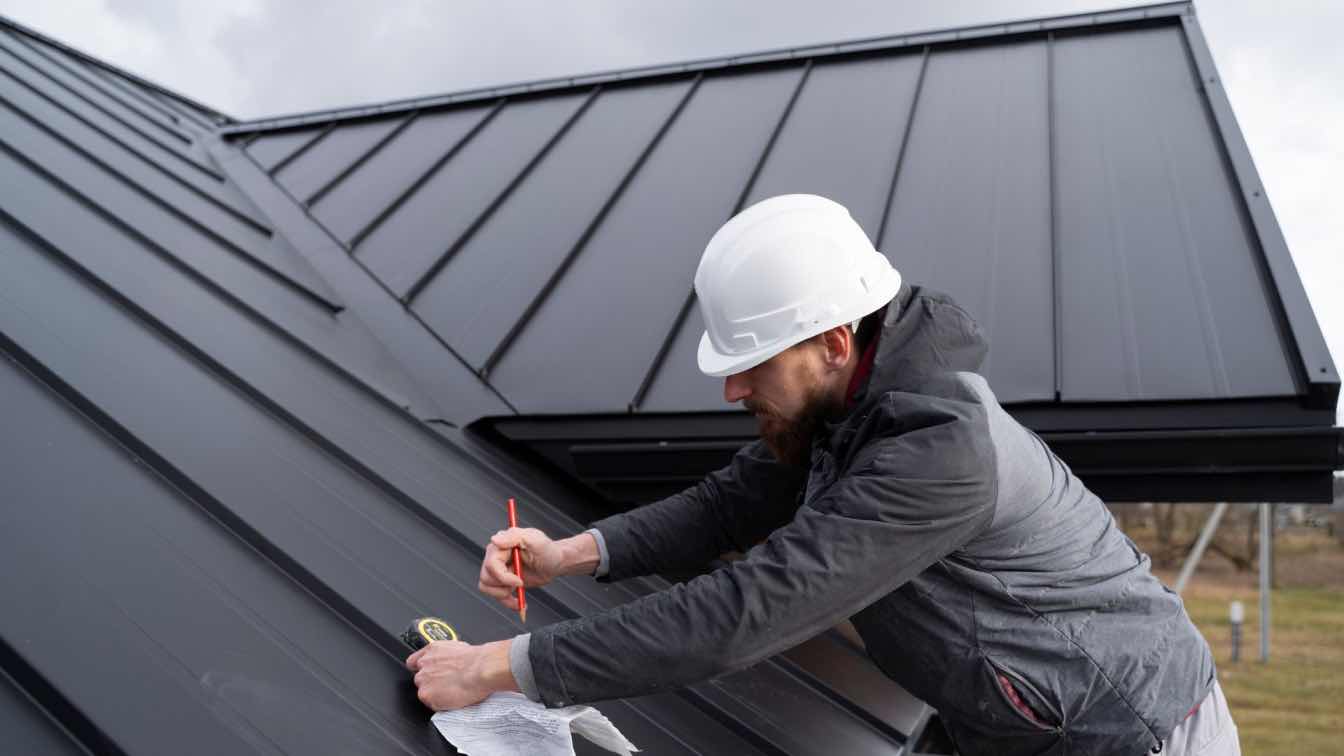Maintaining a roof is one of the most critical aspects of homeownership. A well-maintained roof not only protects your home from the elements but also contributes to its overall aesthetic appeal and value. Regular inspections and timely repairs can prevent minor issues from escalating into significant problems, saving homeowners considerable time and money in the long run. Whether you’re dealing with a minor leak or considering a complete roof overhaul, understanding the intricacies of roof maintenance and repair is essential for making informed decisions that will extend the life of your roof and improve your home’s overall functionality.
Identifying Common Roofing Problems
Roofing issues come in various forms, and recognizing them early can prevent costly repairs. Common problems include leaks, which often result from damaged shingles or faulty flashing around vents and chimneys. Another frequent issue is shingle damage, which can occur due to weather conditions like heavy rain, strong winds, or hail. Over time, shingles may crack, curl, or even fall off, compromising the roof's ability to protect your home. Additionally, roof valleys—where two slopes meet—are prone to leaks due to the concentrated flow of water.
Choosing the Right Materials for Your Roof
Selecting the appropriate roofing materials is crucial to ensuring your roof's durability and performance. The choice of materials depends on various factors, including the climate, architectural style of your home, and budget. Asphalt shingles are popular due to their affordability and ease of installation, while metal roofing offers exceptional durability and energy efficiency. For those seeking a more traditional look, wood shingles or shakes provide natural beauty, although they require more maintenance. Tile and slate are also excellent choices for those looking for long-lasting solutions, though they come at a higher cost.
Finding the Right Roofing Contractor
Hiring a reliable roofing contractor is a critical step in ensuring your roofing project is successful. Start by researching local contractors and reading reviews from previous clients to gauge their reputation. It’s essential to choose a contractor with experience in the specific type of roofing work you need, whether it’s repair, replacement, or new installation. Ask for quotes from multiple contractors to compare pricing, but don’t automatically opt for the cheapest option; quality workmanship should be your top priority. Moreover, ensure the contractor is licensed and insured, providing peace of mind that you’re protected against any unforeseen incidents during the project. Engaging professional Newport News roofers can guarantee that your roofing needs are met with expertise and reliability. Taking the time to verify credentials and assess previous work can make a significant difference in the outcome of your project.
Understanding the Roof Replacement Process
Replacing a roof is a significant investment, but it’s sometimes the most cost-effective solution in the long run. The process begins with removing the old roofing materials, followed by inspecting the underlying structure for any damage. If necessary, repairs are made to the decking or other structural components before the new roofing materials are installed. Proper ventilation is also essential during this stage to prevent moisture buildup, which can lead to mold and rot. The final step involves installing the new roof, ensuring that all materials are securely fastened and that flashing is correctly applied around chimneys, vents, and other protrusions. Understanding this process helps homeowners prepare for what to expect and ensures that the job is done correctly.
The Benefits of Regular Roof Inspections
Regular roof inspections are vital for maintaining the integrity of your roof and preventing costly repairs. Ideally, inspections should be conducted at least twice a year, in the spring and fall, to identify and address any damage caused by seasonal weather changes. During an inspection, look for signs of wear and tear, such as missing or damaged shingles, rusted flashing, and clogged gutters. Addressing these issues promptly can prevent them from escalating into more serious problems. Additionally, inspecting the attic for signs of water damage or insulation issues can provide further insight into your roof's condition. Regular maintenance not only prolongs the life of your roof but also protects your home from potential water damage and energy loss.
Enhancing Energy Efficiency with Roof Upgrades
Roof upgrades can significantly enhance your home’s energy efficiency, leading to reduced energy bills and a more comfortable living environment. One of the most effective upgrades is installing reflective roofing materials, which reflect more sunlight and absorb less heat, keeping your home cooler during the summer months. Additionally, proper insulation in the attic and roof area prevents heat loss during the winter, further improving energy efficiency. Ventilation is another crucial aspect, as it allows for proper air circulation, reducing the risk of moisture buildup and mold growth.
Maintaining and upgrading your roof doesn’t have to be a daunting task. By understanding the common issues, selecting the right materials, hiring a reputable contractor, and staying proactive with inspections and maintenance, you can ensure your roof remains in top condition for years to come. Investing in roof upgrades not only enhances your home’s energy efficiency but also prepares it to withstand extreme weather conditions, providing peace of mind and long-term savings. Taking the time to care for your roof is an investment in the safety and longevity of your home.





